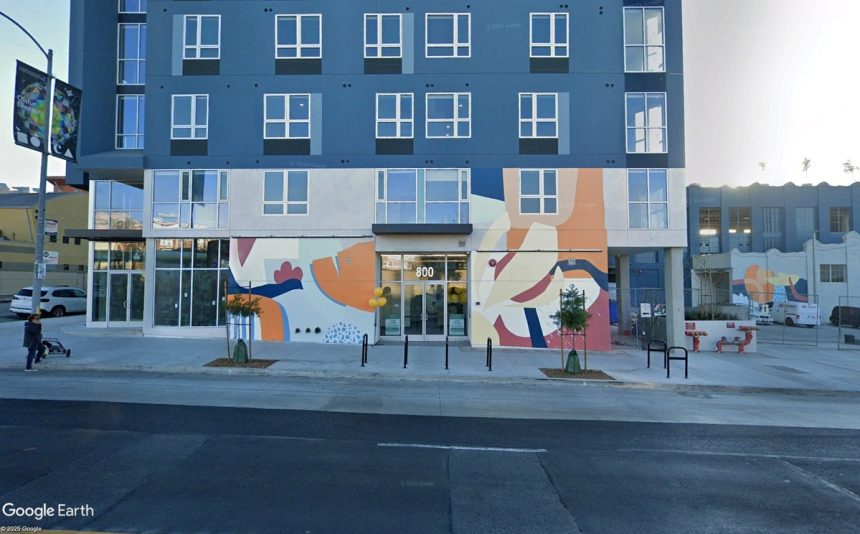Indira Venkat serves as the Senior Vice President of Research at AARP, she joins LiveNOW from FOX to discuss a recent survey that found more than 20% of adults ages 50 and older have no retirement savings. Venkat explains how Americans are worried about covering basic expenses. Cash stuffing involves allocating physical cash into labeled envelopes for different budget categories.
The method is seeing a resurgence in 2025 as Americans look for ways to control spending and avoid debt. WalletHub says digital apps now offer virtual cash stuffing options for those who prefer not to carry cash. LOS ANGELES - A decades-old budgeting method is making a major comeback in 2025 as Americans search for better ways to control their spending and tackle debt.

Known as cash stuffing — or envelope budgeting — the method involves using physical cash and labeled envelopes to manage expenses. Once an envelope is empty, spending in that category must stop until the next budgeting period. WalletHub reports the method is surging in popularity this year, boosted by social media trends and renewed interest in back-to-basics financial strategies.
The backstory: Cash stuffing requires people to plan a monthly budget, then divide their cash into envelopes based on spending categories like groceries, transportation, entertainment, and dining out. Each envelope holds only the amount of money budgeted for that category. If the cash runs out, no more spending is allowed in that area until the next month — helping prevent impulse purchases and overspending.
WalletHub notes that this visual, hands-on method makes it easier for people to stay aware of how much they’re spending, compared to using debit or credit cards. Big picture view: After years of high inflation, increased reliance on credit cards, and rising interest rates, many Americans are returning to simpler, tangible budgeting strategies. WalletHub’s 2025 analysis highlights how the method forces people to stay aware of spending and helps reduce impulse buys — a major problem when relying on plastic.
Stacks of U.S. dollar bills.
Cash-only budgeting methods like "cash stuffing" are regaining popularity as Americans look for ways to control spending. (Photo Illustration by Alex Wong/Getty Images) The trend also reflects a broader financial reality: many consumers want to avoid debt in an economy where prices remain high and credit card balances have ballooned. What you can do: Experts point to several advantages of cash stuffing, including: Helping curb overspending by enforcing clear limits Providing a visual reminder of how much money remains Potentially preventing new debt accumulation However, drawbacks include: The time needed to withdraw and organize cash Risk of theft or loss Difficulty handling digital-only expenses, such as online bill payments WalletHub also notes that cash stuffing users miss out on credit card rewards and interest earned on bank deposits.
Local perspective: While the concept is seeing a revival in 2025, real-world examples already show its power. In 2023, FOX Business profiled Jasmine Taylor of Texas, who paid off $70,000 in debt in just two years by embracing cash stuffing. Taylor credited the method for helping her stop impulse spending and develop a disciplined approach to managing her money.
Today, similar success stories are fueling a new wave of interest — with Americans of all ages embracing envelopes, both physical and digital. The Source: This article is primarily based on WalletHub’s 2025 explainer about cash stuffing. Additional background comes from a 2023 FOX Business story about a Texas woman who paid off debt using the method.
.
Business

Cash stuffing explained: Why envelope budgeting is making a comeback

Cash stuffing — a budgeting strategy using cash and envelopes — is surging in popularity in 2025. Here’s how it works, why it’s catching on again, and what to know before trying it.















